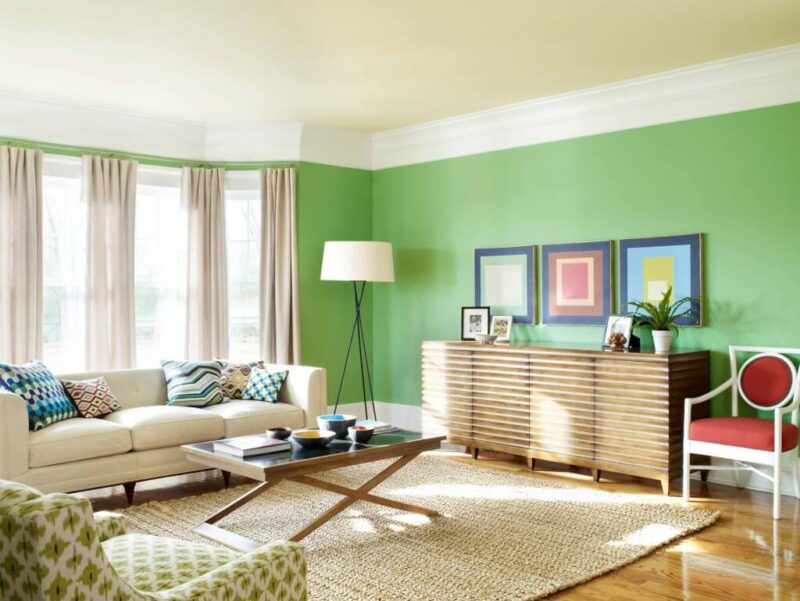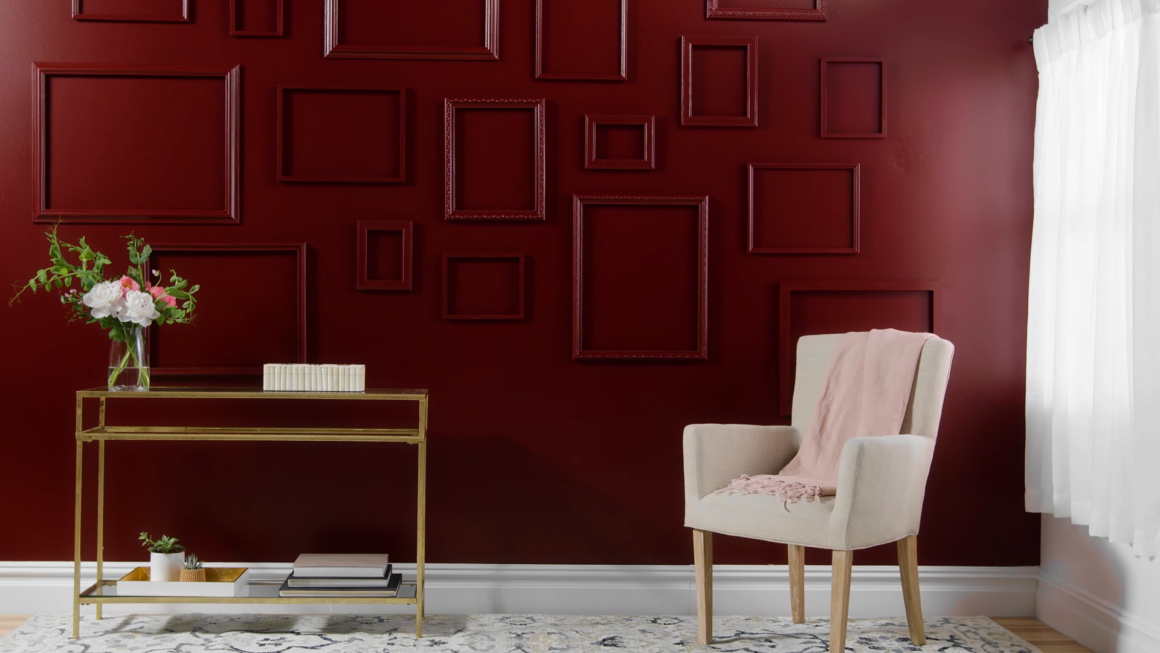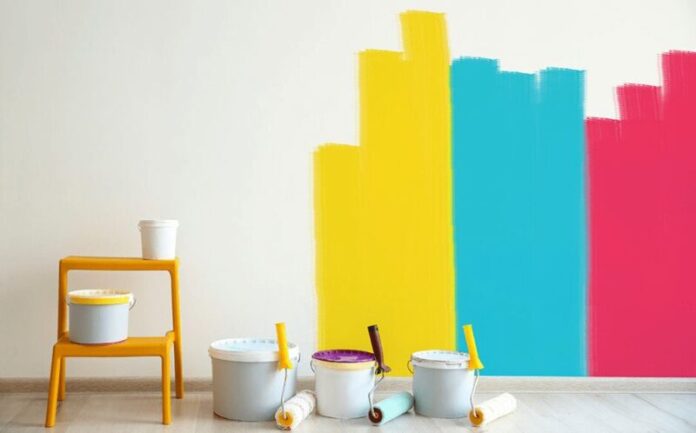Giving your home a new look should be an easy task. Whether you are renovating or building from the scratch, picking the right interior colors is key. Picking the wrong color could make the home a bit uncomfortable. Likewise, picking the right color combinations can create a peculiar appeal to the home. As simple as it is, crown molding can have a direct effect on the visualization of your ceiling. The choice of color can make or mar a room. Colors can create a sense of compactness or spaciousness in the home. The trick behind the choices is what we are unveiling in this article.
Below are some tips that can help you pick the right paint colors for your home.
1. Pick colors that match your furniture

As simple as it sounds, it is not that easy. First, you need to understand the rainbow colors (ROYGBIV). This will give a guide to understanding the colors that match and the ones that contrast each other. Besides the basic color mentioned, there are over one thousand colors available in the world today. To begin with, reduce the colors and pick 3-4 prominent colors from your furniture. This color is what guides the store in picking your paint colors. To make it easier to pick colors at the store, look for the darkest colors in the catalogue, usually at the bottom of the page.
If you are comfortable with that color, then pick any other color at the middle and top of the chart. They will most likely combine well. This is as simple as using the Prillionaires wealth management software. You can rarely get it wrong. If you can get hold of the pieces of the colors, splash them around the house. You will see how it blends or contrasts with your furniture.
2. Pay attention to whites

White is one of the most commonly used and easily confused colors by several homeowners. Whites are too many but have several varieties that would surprise you. There are several shades of white available today. From the clean white to the off-white and the rest of the others. White is commonly used as the color for ceilings, especially clean whites, to create a neutral effect. Warm whites include rust, pink, brown or yellow undertones. Cool whites include a mixture of grey, blue, or green. Warm white is preferably in rooms with limited direct natural light. You can also use it to increase the coziness of a large space. Whites can help enlarge a space.
3. Use the colors to match the feeling you want to create in the house
Colors create certain appeals in the house. For instance, blue creates a cool and calm appeal, usually suitable for bathrooms and bedrooms. Certain colors evoke certain emotions in humans. Generally, cool colors include blue, clean white, and green, they create a soothing and resting appeal. Warm colors create a bit of energy and drama, and these include colors like yellow, red, and orange. Cool colors are suitable for rooms and bathrooms, a typical example is ice blue. To liven your social spaces, use warm colors.
4. Explore two colors in one room

You can create two different appeals in a room by using two different colors side by side in a room. For instance, paint a wall blue in the room. Then paint a bookcase or shelf on the same wall, green or any close shade of it. The green on the blue wall will help to highlight whatever you place on the bookcase or shelf. A white painting or artwork on a blue wall often creates a good appeal. You could try lining up the paintings or artwork in a straight pattern along the same wall. This creates continuity in the house. Showrooms often utilize this idea in creating a flow and direction with the artwork or paintings.
5. Try painting architectural structure

Most often, people focus on painting walls and ceilings, thereby neglecting or paying less attention to the pillar, frames, rails, and other architectural parts of the house. Certain parts of the house, like the archway, windows, window frames, doors, door frames, wainscot, rails, and others, can be painted with a color that can optimize the beauty of the house. For instance, painting the archway reddish brown if it leads to the entryway, is a smart idea. Reddish brown is a color that provides a kind of connection between the front door and the dining room. You can add one or two layers of color to these structures.
In conclusion, understanding the psychology behind colors is key to achieving the best with color combinations. While this is good, it is also important to remember the role of the amount of light, whether natural or artificial, the size of the room, and of course, other elements like furnishing and flooring can play in making your home an ideal place.




